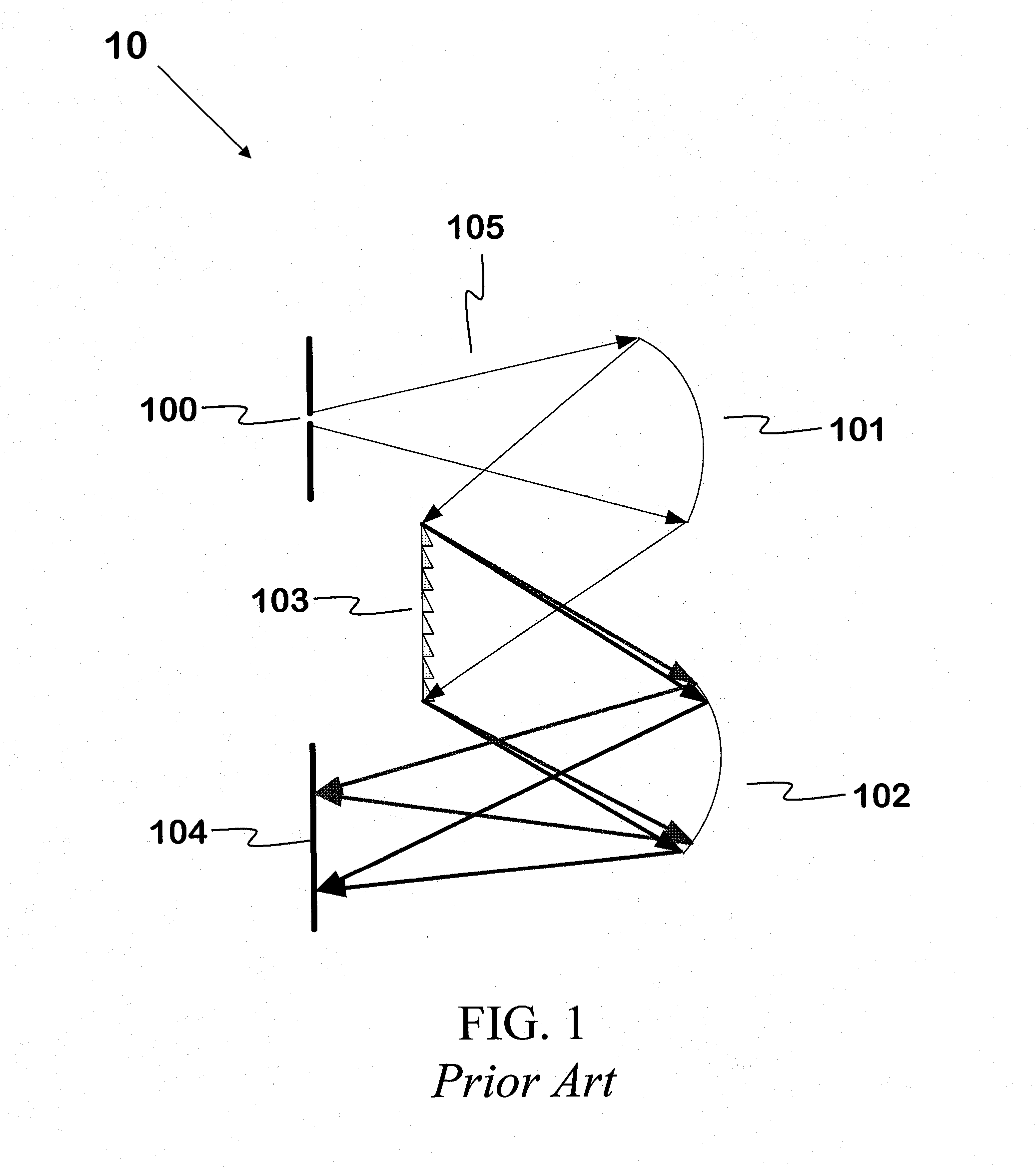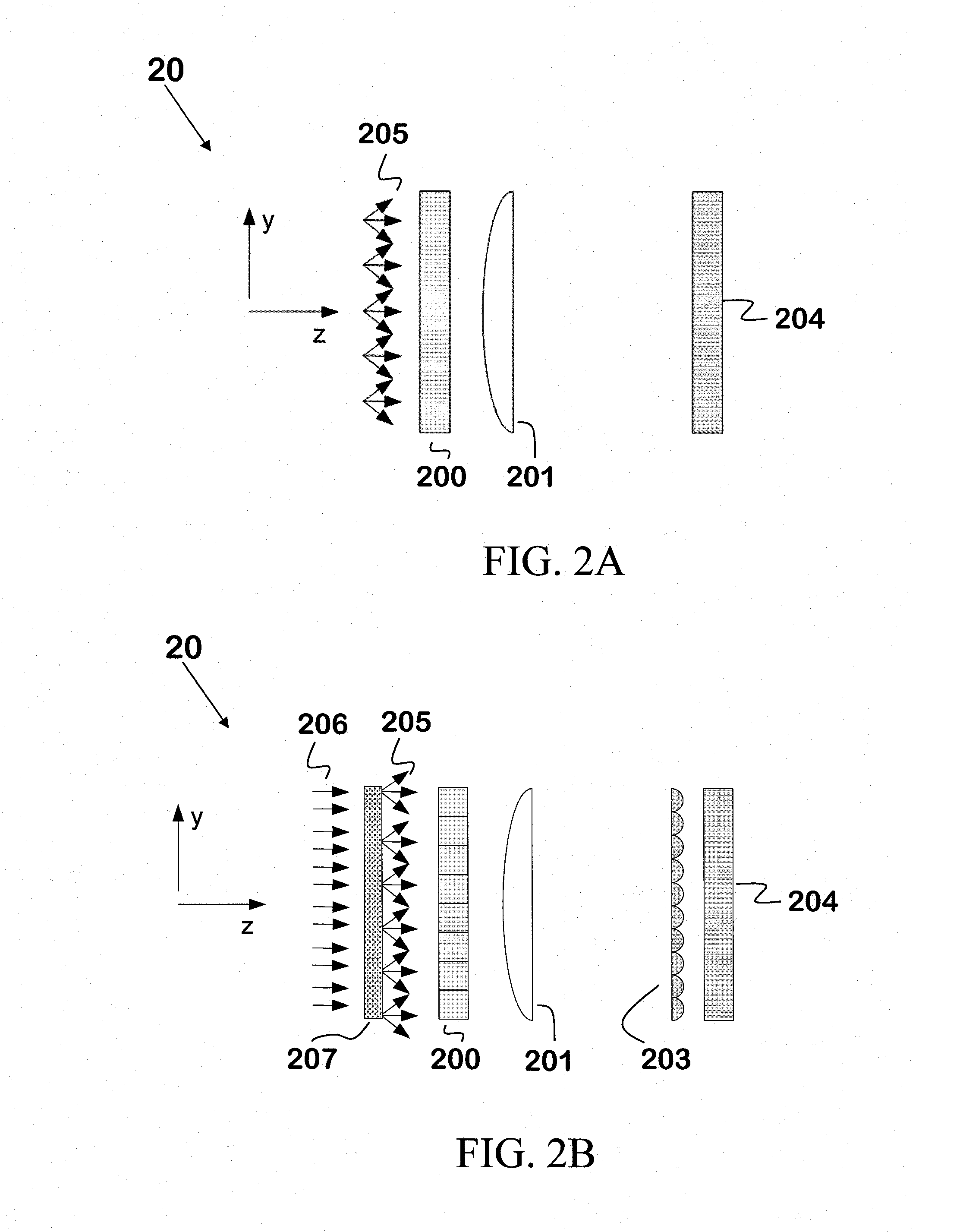Low-cost spectrometry system for end-user food analysis
a spectrometry system and food technology, applied in the field of low-cost spectrometry systems, can solve the problems of complex spectrometers that use this design, inability to guarantee its freshness and safety at the actual time of use, and require precise alignment, etc., to achieve the effect of small size, sufficient sensitivity and resolution, and accurate alignmen
- Summary
- Abstract
- Description
- Claims
- Application Information
AI Technical Summary
Benefits of technology
Problems solved by technology
Method used
Image
Examples
Embodiment Construction
[0116]In the following description, various aspects of the invention will be described. For the purposes of explanation, specific details are set forth in order to provide a thorough understanding of the invention. It will be apparent to one skilled in the art that there are other embodiments of the invention that differ in details without affecting the essential nature thereof. Therefore the invention is not limited by that which is illustrated in the figure and described in the specification, but only as indicated in the accompanying claims, with the proper scope determined only by the broadest interpretation of said claims.
[0117]As used herein, the term “dispersive” is used, with respect to optical components, to describe a component that is designed to direct light in space according to its wavelength, and thus to separate spatially the different wavelength components of a polychromatic beam of light. Non-limiting examples of “dispersive” optical elements by this definition incl...
PUM
| Property | Measurement | Unit |
|---|---|---|
| area | aaaaa | aaaaa |
| angle of incidence | aaaaa | aaaaa |
| spectrum | aaaaa | aaaaa |
Abstract
Description
Claims
Application Information
 Login to View More
Login to View More - R&D
- Intellectual Property
- Life Sciences
- Materials
- Tech Scout
- Unparalleled Data Quality
- Higher Quality Content
- 60% Fewer Hallucinations
Browse by: Latest US Patents, China's latest patents, Technical Efficacy Thesaurus, Application Domain, Technology Topic, Popular Technical Reports.
© 2025 PatSnap. All rights reserved.Legal|Privacy policy|Modern Slavery Act Transparency Statement|Sitemap|About US| Contact US: help@patsnap.com



